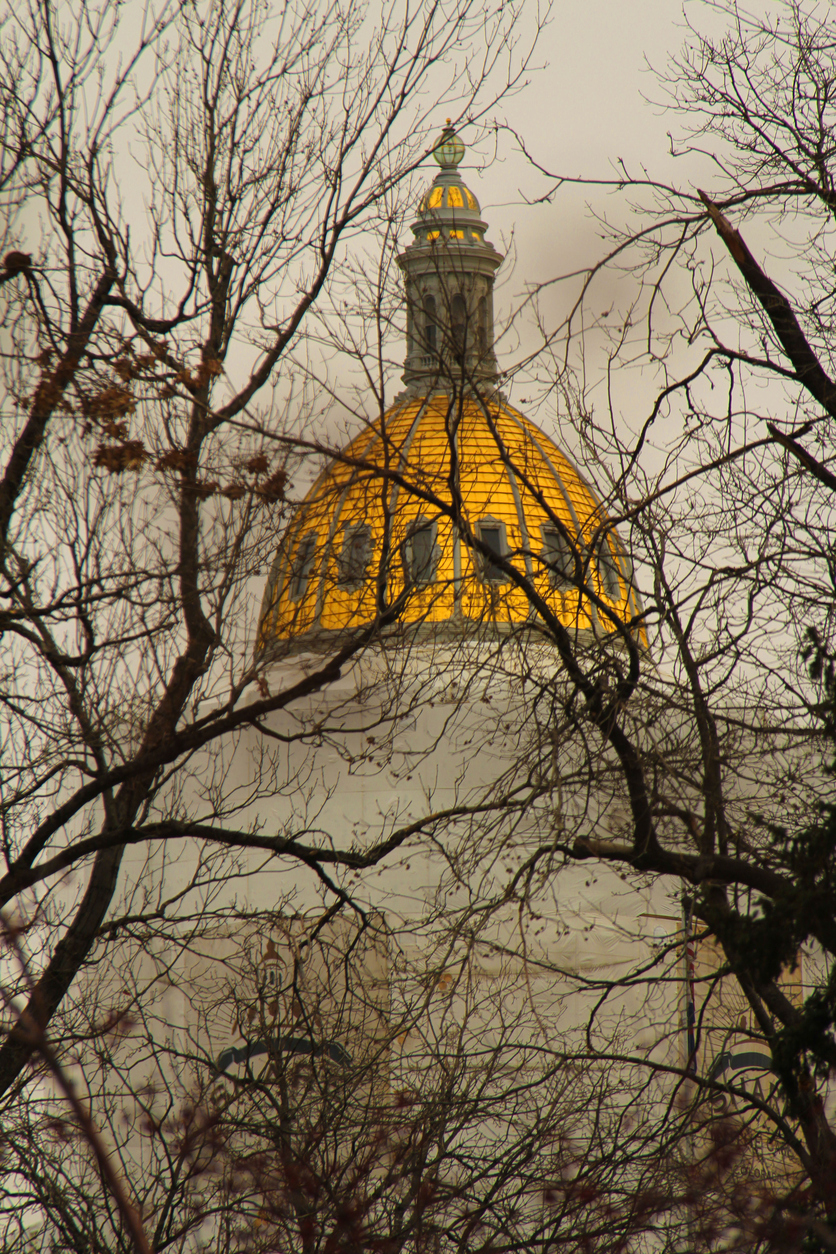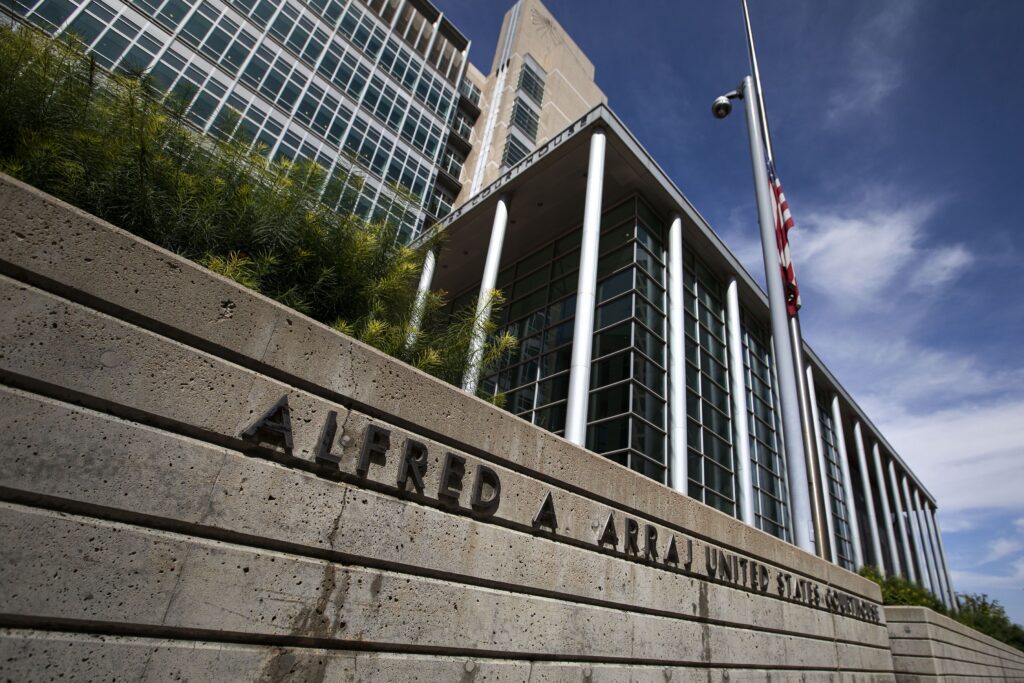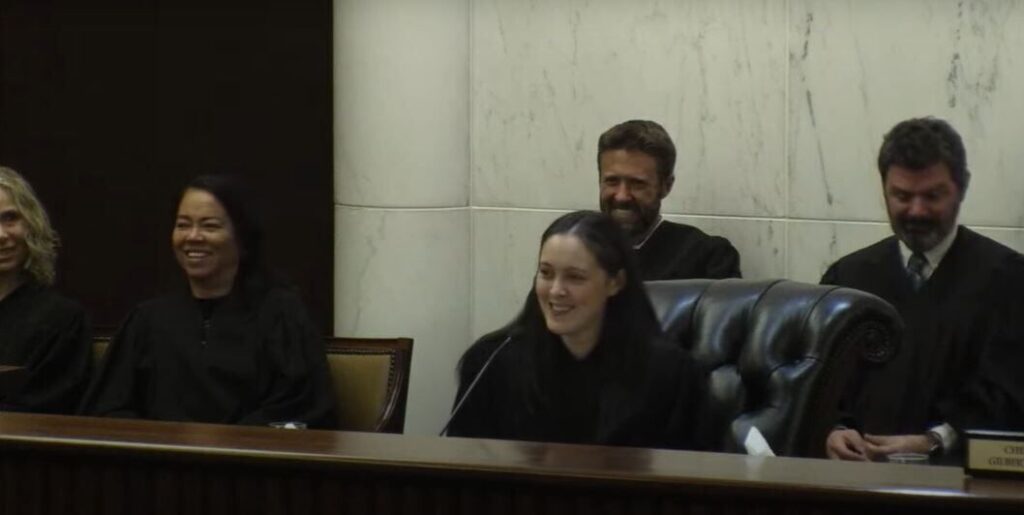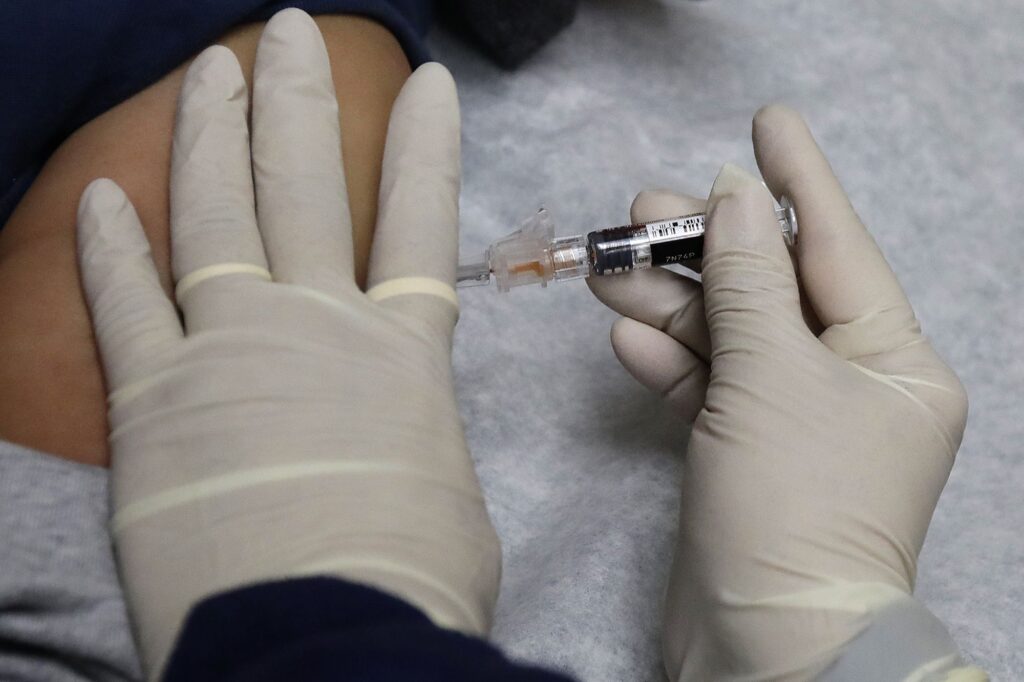December revenue forecasts begin to look at impact of federal tax law on Colorado
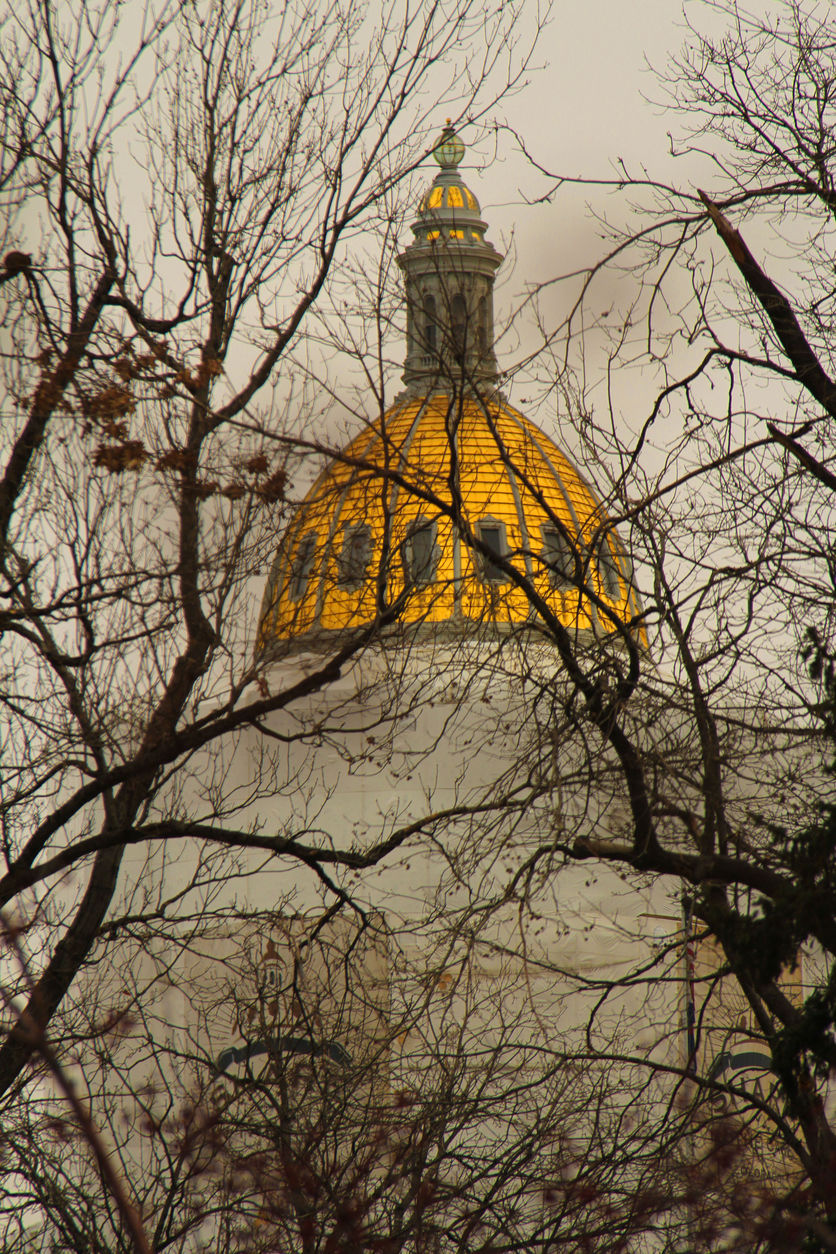
While Colorado’s economy is still on the upswing, state economists are waiting to see what comes out of Washington, D.C., in the weeks and months ahead, and how federal tax reform legislation will affect Colorado’s coffers. But the news looks good for possible funding bumps for transportation, one of the major issues left behind in the 2017 legislative session.
On Wednesday economists from the General Assembly’s Legislative Council and the governor’s Office of State Planning and Budgeting (OSPB) presented their December revenue forecasts.
OSPB Director Henry Sobanet had good news for the Joint Budget Committee in his report: The state may be taking in an additional $179 million for 2017-18. Gov. John Hickenlooper has pledged that any additional money coming in within the next budget cycle will first go to transportation, helping to pare down, even just a little, some of the $30 billion wishlist for road and bridges projects statewide.
The forecast for 2018-19 is looking better too, Sobanet said: An additional $106 million may be available as JBC lawmakers begin the process of crafting the 2018-19 state budget.
OSPB attributes the revenue uptick to the robust stock market and deferred capital gains from 2016 that are showing up in 2017-18.
The OSPB forecast does not take into account the impact on state revenues from the federal tax reform bill passed by the U.S. Senate Tuesday night.
“It will take every minute in the next three months to figure out the implications of the federal tax law,” Sobanet told lawmakers. “We have our work cut out for us.” He hinted that the state may have to downgrade its next forecast, expected around March 20, to figure in the changes from the federal tax bill.
One of the areas that economists will be watching: how the federal tax bill impacts home-buying decisions. Sobanet said his staff will have to learn more about how much people borrow and how much cash they put down for a home, since the federal tax law caps the amount of mortgage interest that can be deducted from taxes.
Not all is rosy for Colorado. Sobanet said while the state’s overall economy is steady, rural Colorado still isn’t seeing the economic boom. And one revenue area that affects rural communities – severance taxes – is still weak, the result of the downturn in mining and low oil and gas prices. Sobanet called the situation for severance taxes a “dramatic downgrade” that will sorely impact programs within the Department of Natural Resources that are paid for by those taxes. The state took in about $19.5 million in severance taxes in 2016-17 and expects another $42.5 million in 2017-18.
But the 2017-18 forecast dropped substantially from September, when OSPB had hoped the state would take in about $150 million in severance taxes. Programs funded by severance taxes include the state water plan, as well as grants and loans to water providers to improve water infrastructure.
Sobanet said OSPB is also keeping a close eye on population growth – and recent reports that Coloradans are leaving the state, in part due to high housing costs. Sobanet said the state’s population increased by 60,000 in 2016 but only by 48,000 in 2017, and likely the same number in 2018. That’s in stark contrast to what demographers had predicted just a few years ago: that Colorado’s population is due to nearly double from around 5.5 million in 20150 to as much as 10 million by 2050. That was predicated on net population growth of about 100,000 per year.
The outlook from the Legislative Council’s economists always differ from that of OSPB, and this time around was no exception.
The Council forecast, under Chief Economist Kate Watkins, noted the state’s economy will grow at a moderate pace through 2019, although debt spending is also increasing. The most striking difference between the two forecasts is that there was no change in the Legislative Council forecast from September, while the OSPB forecast predicts an extra $179 million in state revenue in 2017-18 and $106 million the following year.
Wednesday’s forecast also included the first hint of an impact from the federal tax law. Legislative Council economists predicted the state might see an increase in tax revenues as a result of the law. In 2018-19, for example, the state could have almost a billion dollars more to spend or save in the General Fund than what is budgeted for 2017-18, the report said. However, the report also pointed out that the revenue growth will still fall short of the Referendum C cap, and that means no tax refunds anytime soon.
According to the forecast, in 2018-19, Colorado could gain about $200 million more in revenues as a result of the federal tax law. But if Congress has to follow through with “pay go” actions (mandatory budget cuts that are required when a bill isn’t paid for), some of Colorado’s gains would be countered by a reduction in federal mineral lease payments, estimated at around $21 million in 2018.
The forecast shows that individual income taxes would increase by almost $220 million in 2018-19; corporate taxes would drop by about $22 million in the same year.
The explanation for the nearly $200 million bump in state tax revenues in 2018-19 is that state taxes are based on federal taxable income.
“The net impact for Colorado state taxes is a larger tax base with the same tax rate, resulting in an increase in revenue,” the forecast reported.
The news that transportation could finally see a bump in revenue came as welcome to House Minority Leader Patrick Neville, a Franktown Republican.
“Roads are our top priority, and there is no reason why nearly all of this new revenue should not go to widening highways and expanding primary arteries,” Neville said in a statement. “I have heard the governor and Democrat leadership say they agree roads are their top priority as well. With all this new revenue for the upcoming budget, it’s time to see if they are willing to walk the walk so that we can relieve our citizens of congestion and truly unleash our economy.”
Hickenlooper also pointed to transportation as a beneficiary of the extra dollars, although education is also on his list.
“There’s no better time to plan for the future than now,” he said. “These new resources allow us to take needed strides in bolstering education, transportation and our reserves. We look forward to crafting the plan with the General Assembly in 2018.”
